
Faculty Spotlights

Faculty Spotlights
Niladri Sinha, PhD
Niladri Sinha grew up in the bustling city of Calcutta and attended a private school known for its academic rigor, where he remembers balancing his schoolwork with time spent on the cricket pitches with friends. Excelling at chemistry and math, he felt pressure to pursue medicine or engineering. Medicine was quickly ruled out when he realized he fainted at the sight of blood, but biology and chemistry began to spark his curiosity. By the end of high school, his interest in organic chemistry had led him to become increasingly drawn to molecular biology.
At St. Xavier’s College in Calcutta, Niladri majored in microbiology and minored in chemistry and computer science. A turning point came during his first undergraduate biochemistry class, when his professor introduced Christian Anfinsen’s Nobel Prize–winning experiment showing that protein folding is encoded entirely by its amino acid sequence. The elegance of the idea captured his imagination and inspired him to pursue biochemistry.
Niladri went on to pursue a master’s degree in biophysics and bioinformatics at the University of Calcutta. During the 2009 swine flu pandemic, he worked on sequence analysis of H1N1 influenza strains, tracing mutations and viral lineages, and that experience sparked a career-long interest in host–pathogen interactions. At this point, pursuing graduate school in the U.S. seemed like the next obvious step, and Niladri started applying for Ph.D. programs, deliberately choosing schools that were not located in big metropolitan cities like Calcutta. Salt Lake City and the U’s Biological Chemistry program offered the mix of science and lifestyle he was looking for.
In the Bass lab, Niladri studied Dicer, a key RNA-processing enzyme in invertebrate antiviral defense. His graduate work revealed an unexpected function for Dicer’s helicase domain in recognizing double-stranded RNA, a unique mechanism for detecting genetic material that resembled viral replication intermediates. In parallel with his biochemical studies of Dicer, Niladri worked with the Shen lab to use cryo-electron microscopy to study Dicer's structure. Beyond the lab, he found a strong network of friends and opportunities to keep playing cricket on a pitch located in the Avenues.
For his postdoctoral training, Niladri chose to shift into ribosome biology. He joined Rachel Green’s lab at Johns Hopkins, where he was free to "ask any question you wanted, as long as it connected to translation." Deciding to explore proteomics, Niladri took intensive Cold Spring Harbor courses, and started new collaborations. His research explored how cells respond to translational stress. His work showed that ribosome collisions, caused when stalled ribosomes are rear-ended by other ribosomes, activate quality-control pathways that influence cellular life and death decisions. He also uncovered how RNA damage, caused by stresses such as UV radiation, can trigger cell death more immediately than DNA damage, reframing how cells sense and respond to stress.
After six years in Baltimore, Niladri was happy to return to Salt Lake City. While considering other offers, he realized he was drawn back by the warmth of the community, the rigorous scientific environment, and the quality of life. Now, just months into setting up his lab, he is building a team to investigate how cells manage ribotoxic and proteotoxic stress. “What I’m most excited about is training students,” he says. “Those early years of mentorship were so important for me. Now I want to create that environment for others.” His research has direct relevance for cancer, where rapid protein synthesis collides with nutrient limitations, and he is eager to collaborate with colleagues in metabolism and structural biology.
Now living in the Avenues with his wife Meenakshi, he spends weekends hiking in the Cottonwood Canyons or exploring southern Utah. He is also an avid reader of nonfiction, with favorites ranging from Siddhartha Mukherjee’s The Song of the Cell to Ed Yong’s I Contain Multitudes. And although he admits to being a bit rusty after a number of cricket-less years in Baltimore, he is looking forward to returning to the cricket pitch as a batsman and wicketkeeper.


Amy Barrios, PhD
Amy Barrios, the newest faculty member in Biochemistry, is perhaps our only Salt Lake City native. Inspired at a young age by her grandfather, a chemical engineer who helped develop solid rocket fuel for the space shuttle and sponsored her first membership in the AAAS, Amy's interest in chemistry grew while she was a student at Highland High School. She loved the AP Chemistry labs and summer programs at the U, so it was an easy decision to accept a full-ride scholarship from the Department of Chemistry. As an undergraduate at the U, she worked in the Department of Radiobiology synthesizing chelators that would bind to plutonium and other radioactive metal ions and remove them from the body.
In graduate school at MIT, Amy’s interest in understanding the roles of metal ions in biology grew and she joined Steve Lippard’s lab studying metalloenzymes and functional synthetic metalloenzyme model complexes. Her dinuclear nickel complexes were the first to hydrolyze urea and served as a functional model for the enzyme urease. During her time at MIT, she lived in a dorm as a residential advisor where her main job was to hold “study breaks” and use treats to entice the students to come out of their rooms. The students were a lot of fun to interact with and always coming up with ambitious side projects. One year, after the first snowfall in Boston, she found a snowman outside of her door inside the dorm. Towards the end of graduate school, after having worked on enzymatic mechanisms without working on actual proteins, Amy decided to pursue protein design and engineering for her postdoc. Amy spent the next three years in Northern California, where she worked in Charly Craik's lab at UCSF to develop methods to understand the substrate specificity of protease enzymes. At the conclusion of her postdoc, she accepted a faculty position in the Department of Chemistry at the University of Southern California, where she was awarded a Gabilan Assistant Professorship and began to build her own independent research program centered around developing chemical tools to study protein phosphatase biology. Although she enjoyed being part of the Trojan Family at USC, she was interested in moving her lab into a biomedically focused environment and decided to join the Medicinal Chemistry Department at the U.
As a faculty member in the Department of Medicinal Chemistry for the past 17 years, Amy has enjoyed working in an inherently interdisciplinary environment, being a part of the Health Sciences, and biomedical teaching. Academic service has also been a major focus. Amy was co-director of the Women in Health, Medicine, and Science (WiHMS) for 5 years, working to build an inclusive and supportive environment for women across the Health Sciences Campus. She is currently serving as the Associate Dean for Postdoctoral Affairs and loves working with people throughout the University to advocate for postdocs and enhance postdoctoral training across campus. Coming full circle from her early days, she was honored with a Distinguished Alumni Award from the Department of Chemistry last fall and was elected a Fellow of the AAAS in the spring.
Outside of the lab, Amy enjoys hiking, cooking, and traveling with her family, including kids Abby (18, and just starting at the U fall 2024), Spencer (16), and David (10). They enjoyed a trip to Europe this summer including a visit to Paris before the Olympics and a point to point hiking trip in the Swiss Alps.
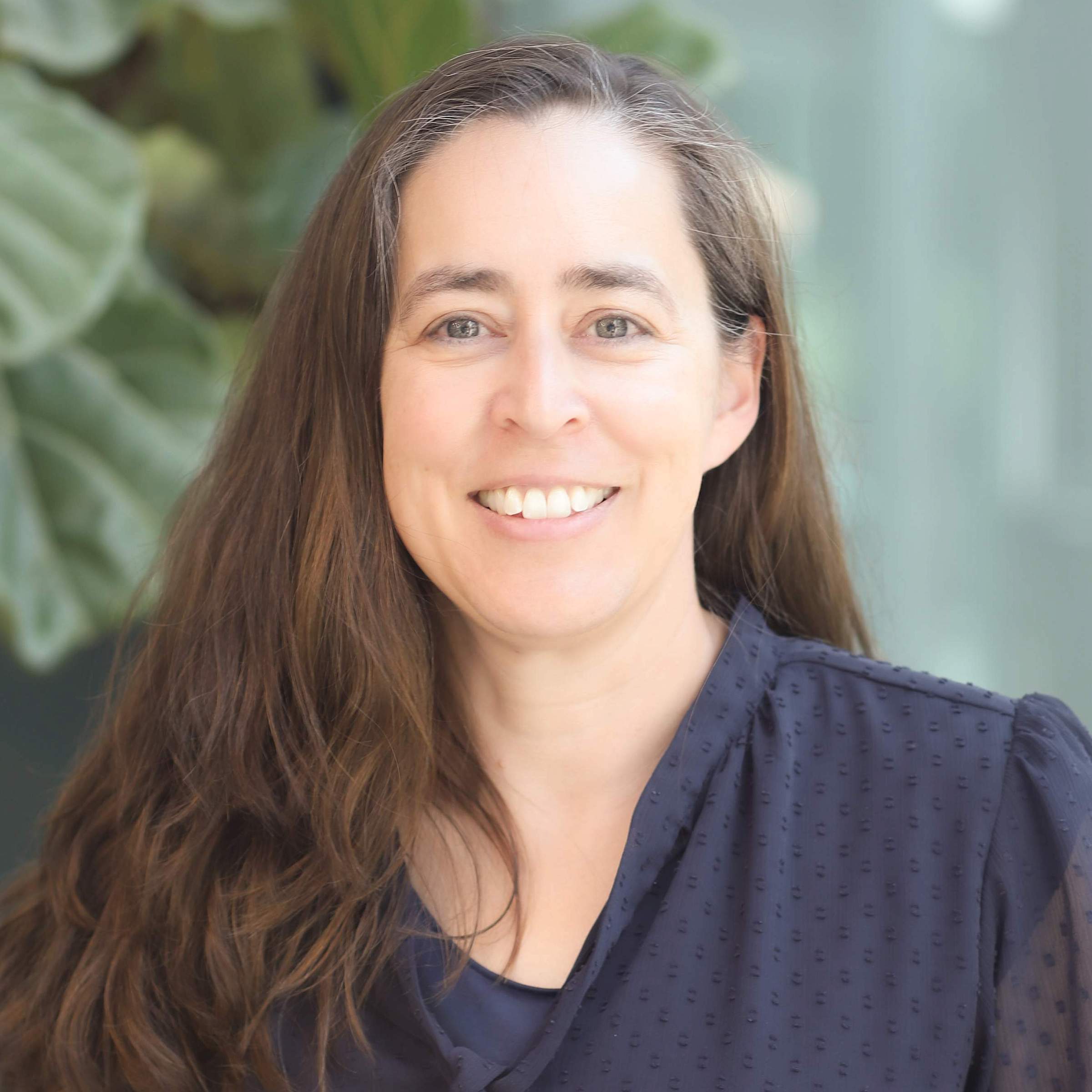

Owen Pornillos, PhD
Owen Pornillos grew up in a small fishing and farming village in Philippines called Nabua, located south of Luzon island and within a 20 mile radius of three volcanoes. He left for Manila after qualifying for attendance at a public boarding school, called the Philippine Science High School. Along with 200 classmates from around the Philippines, Owen was immersed in an advanced science-oriented curriculum, including college-level courses. From this formative experience, Owen says, his career in science was "inevitable." Owen remained in Manila to attend the University of the Philippines, where he initially began as a chemical engineering major, but switched to molecular biology while still in his freshman year. For his undergraduate thesis, Owen independently designed a project focused on isolating a fungal protein with a specific enzymatic activity. As graduation neared, Owen's advisor, Flerida Cariño, suggested that Owen apply to graduate schools. Luly Cruz, a faculty member working jointly at the University of Philippines and with Toto Olivera (U of U Biology), suggested that Owen look into the Biological Chemistry (BC) program at the U.
After rotations with Toto, Venki Ramakrishnan, and Wes Sundquist, Owen joined the Sundquist lab and started work on the biology of HIV, including projects focusing on Vpr and TSG101, and also met Barbie Ganser, a fellow graduate student in Wes' lab. For his postdoc, Owen moved to San Diego where he worked at The Scripps Research Institute and later worked at the biotech company Celgene, where he focused on solving structures of kinases. After a couple of years, Owen was recruited as a research faculty member of Mark Yeager's lab, initially starting at Scripps before moving to the University of Virginia. At UVA, Owen transitioned to a tenure-track position in 2011 and, together with Barbie, started a research group which has focused on understanding different aspects of the HIV life cycle, and in particular on the structure and function of the HIV capsid and of restriction factors known as TRIM proteins.
Owen and Barbie were recruited back to the University of Utah. He has a lot of active projects in his lab, and he is particularly excited about projects to reconstitute various stages of HIV replication in vitro (in collaboration with the Sundquist lab and others), and to analyze viral and cellular structures within infected cells. He is inspired by the wide-ranging interests in the department, and looks forward to collaborations with other department members in new areas.
Owen enjoys hiking, camping, and mountain biking with his family.

Helena Safavi-Hemami, PhD
Helena Safavi was born in Isfahan, Iran, and lived there for five years before moving to Germany with her family. During her youth in the small German town, Welschen Ennest, Helena discovered a love of nature and ecosystems, and remembers poring over books detailing the rich biodiversity of rainforests and coral reefs. Helena attended the University of Cologne as an undergraduate, where she studied biology, majoring in zoology, botany, and biochemistry. During her fourth year, Helena had the opportunity to volunteer in a lab studying corals and sea anemones, and was quickly hooked. She worked with Anke Klueter at the Australian Institute of Marine Sciences in Queensland, Australia, for her Master’s degree, which focused on looking at the impact of heat and excessive sedimentation on the symbiosis between corals and their resident algae.
For graduate school, Helena worked with Anthony Purcell at the University of Melbourne, Australia, where she used mass spectrometry to identify peptide toxins used by marine cone snails to capture prey. During this time, Helena met Greg Bulaj (now in the Pharmtox department) and Toto Olivera (U of U Biology), the founder of the cone snail toxin field. She began a collaborative project between the Olivera/Bulaj and Purcell groups, and eventually obtained funding to continue this work as a postdoctoral fellow. Later, Helena received a Marie Curie fellowship for a collaborative project with Lars Ellgaard’s group at the University of Copenhagen in Denmark where she worked on identifying enzymes involved in the biosynthesis of cone snail toxins.
Helena joined the Biochemistry department as an Assistant Professor in June 2018. Later that summer, she returned to Europe to visit family and renew her visa, but, as a result of new federal policy changes and her Iranian citizenship, she was unable to obtain a multiple-entry visa. Due to these immigration difficulties Helena decided to pursue a faculty position at the University of Copenhagen. During her time in Copenhagen, Helena launched a lab, obtained research grants, and was granted tenure, but also retained ties to Biochemistry. In the fall of 2022, Helena transitioned back to Utah, where her lab continues to investigate the biochemistry and biomedical applications of marine venoms. She has found that cone snails, which produce a plethora of peptide-based venoms, are the perfect model system for studying how organisms can manipulate the physiology and behavior of other organisms and how the peptides they produce can serve as drug leads for disease.
When not in the lab, Helena enjoys spending time with her husband and two kids. She loves nature, traveling, and exploring different cultures and landscapes. In Utah, Helena enjoys biking, hiking, backcountry skiing, and camping.
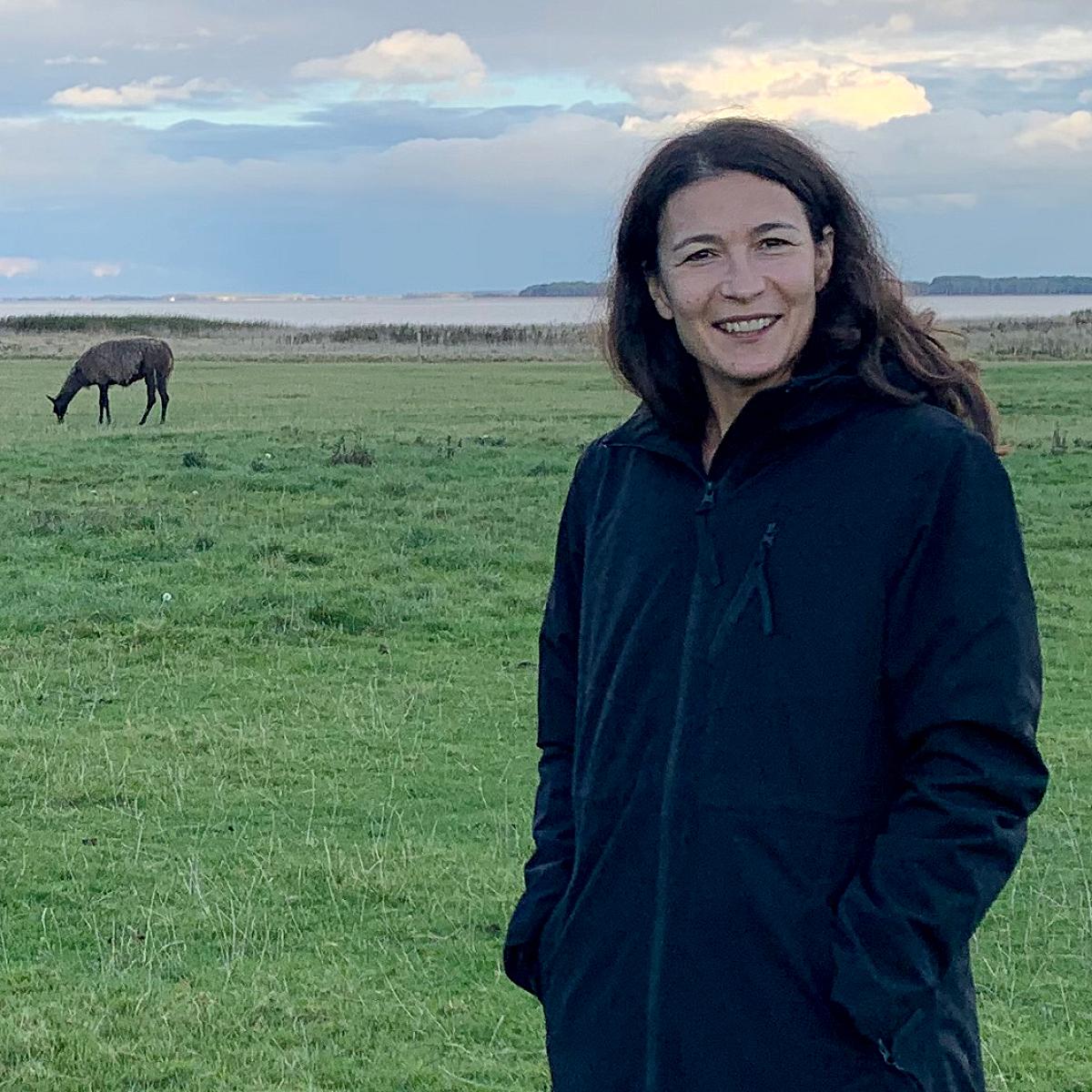
Yang Liu, PhD
Yang Liu is the newest Assistant Professor in the Biochemistry Department, having joined in the fall of 2022. Yang grew up in Changsha, a large city in Hunan province in south-central China. As a child of two scientists and university faculty, Yang was always encouraged to become a scientist. Yang had different ideas, however, and opted to study mechanical engineering and automobile design for his undergraduate studies at Hunan University. He was fascinated, however, by the first chemistry class he took in his freshman year. To his parents' surprise, Yang switched his major to chemistry by his sophomore year. He also started working in Yan He's lab, where Yang first learned about single-molecule imaging. This research experience convinced Yang to apply to graduate schools.
Before joining the graduate program at Emory University, Yang had never lived outside his hometown of Changsha. Joining the lab of Khalid Salaita, whose lab studies mechanical forces on cell signaling, Yang says that he was "not the best student to start with" and spent much time in his first two years traveling and exploring the US. The consistent support of his advisor and eventual lab successes motivated Yang to focus on his graduate school work, eventually culminating in multiple first-author papers.
By the end of graduate school, Yang was enjoying his work so much that he had to be convinced to leave. After exploring different options, Yang joined Taekjip (TJ) Ha's lab at Johns Hopkins University. Working with TJ and Bin Wu (also at Johns Hopkins), Yang became interested in developing tools to study molecular processes inside living cells. To study DNA repair processes, Yang developed a technique called very fast CRISPR (vfCRISPR) that triggers Cas9 cleavage activity within a few seconds and allows the observation of double-stranded DNA break repair in living cells.
The Liu lab is broadly interested in studying nucleic acid biology and developing new tools to study these in cells. Yang is excited about developing collaborations across campus and exploring new areas, including immunology and immunity.
In his free time, Yang enjoys rock climbing (primarily indoors), and heading outdoors to hike, camp, and backpack. This winter, he's taking advantage of the snow to practice his skiing skills.
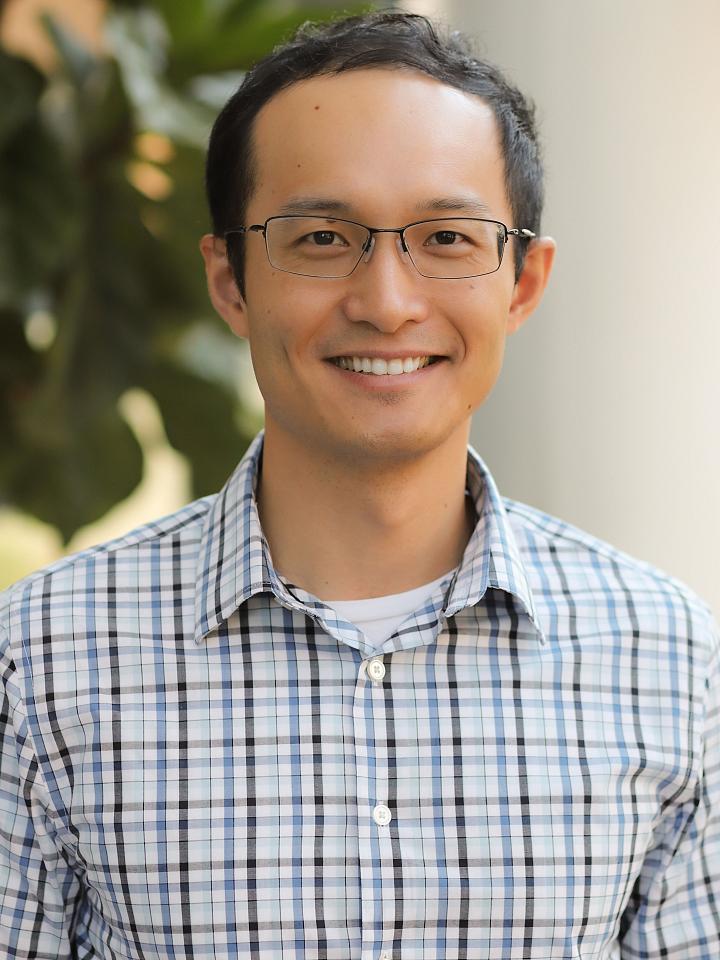
Tyler Starr, PhD
Tyler Starr, PhD, is an incoming Assistant Professor in the Department of Biochemistry. Dr. Starr received his PhD in Biochemistry and Molecular Biophysics from the University of Chicago, where he studied protein evolution in the lab of Dr. Joe Thornton. He then moved to the Fred Hutchinson Cancer Research Center in Seattle, Washington, to conduct postdoctoral research on viral evolution in the lab of Dr. Jesse Bloom.
Dr. Starr’s research explores the evolutionary arms races between viruses and host factors involved in infection and immunity. Dr. Starr’s group uses high-throughput biochemical assays to characterize the mutational landscapes that define the protein-protein interactions between viral glycoproteins, host receptors, and antiviral antibodies. These “deep mutational scanning” datasets reveal the biophysical details of protein sequence-structure-function relationships and provide maps for interpreting and forecasting viral evolution and antibody development. Dr. Starr has applied these principles toward extensive studies of the pandemic SARS-CoV-2 virus, informing ongoing efforts in viral forecasting and aiding in the development of vaccines and monoclonal antibodies to combat COVID-19. His lab will continue to extend these approaches to understand the deeper molecular evolutionary features that drive the emergence of animal viruses that spill over into humans to cause pandemics and to inform the development of vaccines and antibodies that can treat or prevent future viral spillovers.
Dr. Starr was awarded an NIH Pathway to Independence Award (K99/R00) from the National Institutes of Allergies and Infectious Disease. This grant will kick start his lab’s explorations into the molecular evolution of the bat coronaviruses from which SARS-CoV-2 emerged, informing future efforts in viral surveillance and pandemic prevention.
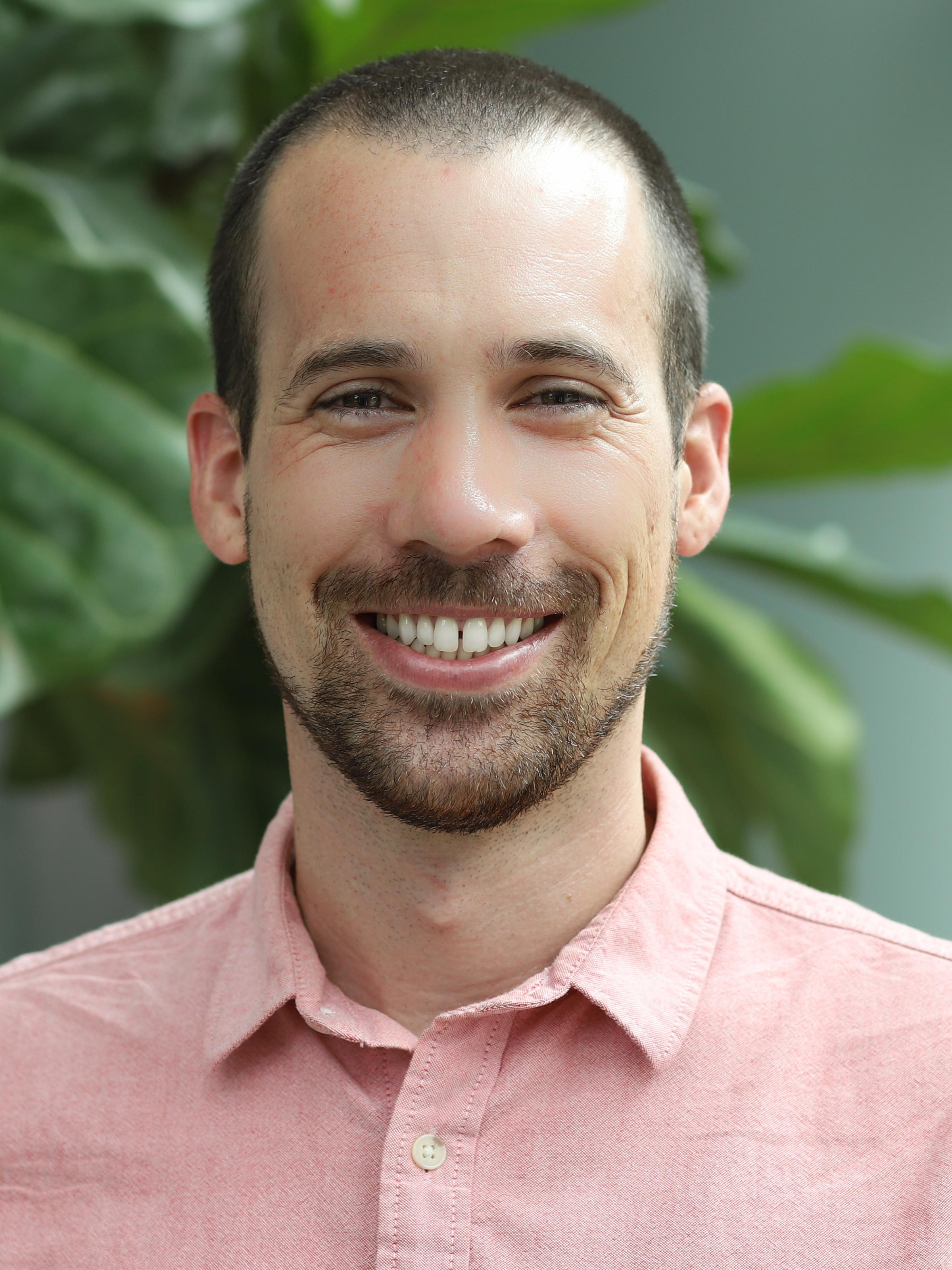
Justin English, PhD
Throughout his scientific career Dr. English has investigated the molecular mechanisms by which cells convert extracellular stimuli into interpretable biochemical information. His work spans numerous cellular signaling systems, however his primary focus is on understanding G-protein coupled receptors (GPCRs). GPCRs regulate most physiological processes of the body -- from sensory systems such as our smell and vision to our fight-or-flight adrenaline response or the dopamine and serotonin neurotransmissions in our brains. Dr. English’s research focuses on the development of molecular tools and systems to understand the mechanisms of GPCR action in living cells. For example, his development of the VEGAS platform, one of the first systems to enable directed molecular evolution in mammalian cells, was used to identify novel allosteric mechanisms of action in GPCRs as well as engineer peptides to augment receptor activity. His lab continues to advance VEGAS, and a number of other molecular technology platforms, to improve our understanding of how cells interpret their environments and program cellular behavior.
Dr. English was awarded an NIH New Innovator Award in 2021 to continue his work in this field. Dr. English also works closely with the pharmaceutical industry and was awarded a collaborative research grant from Eli Lilly in 2022. These funding opportunities have enabled his research group to develop numerous platforms to aimed at deciphering the molecular signaling systems in human cells.
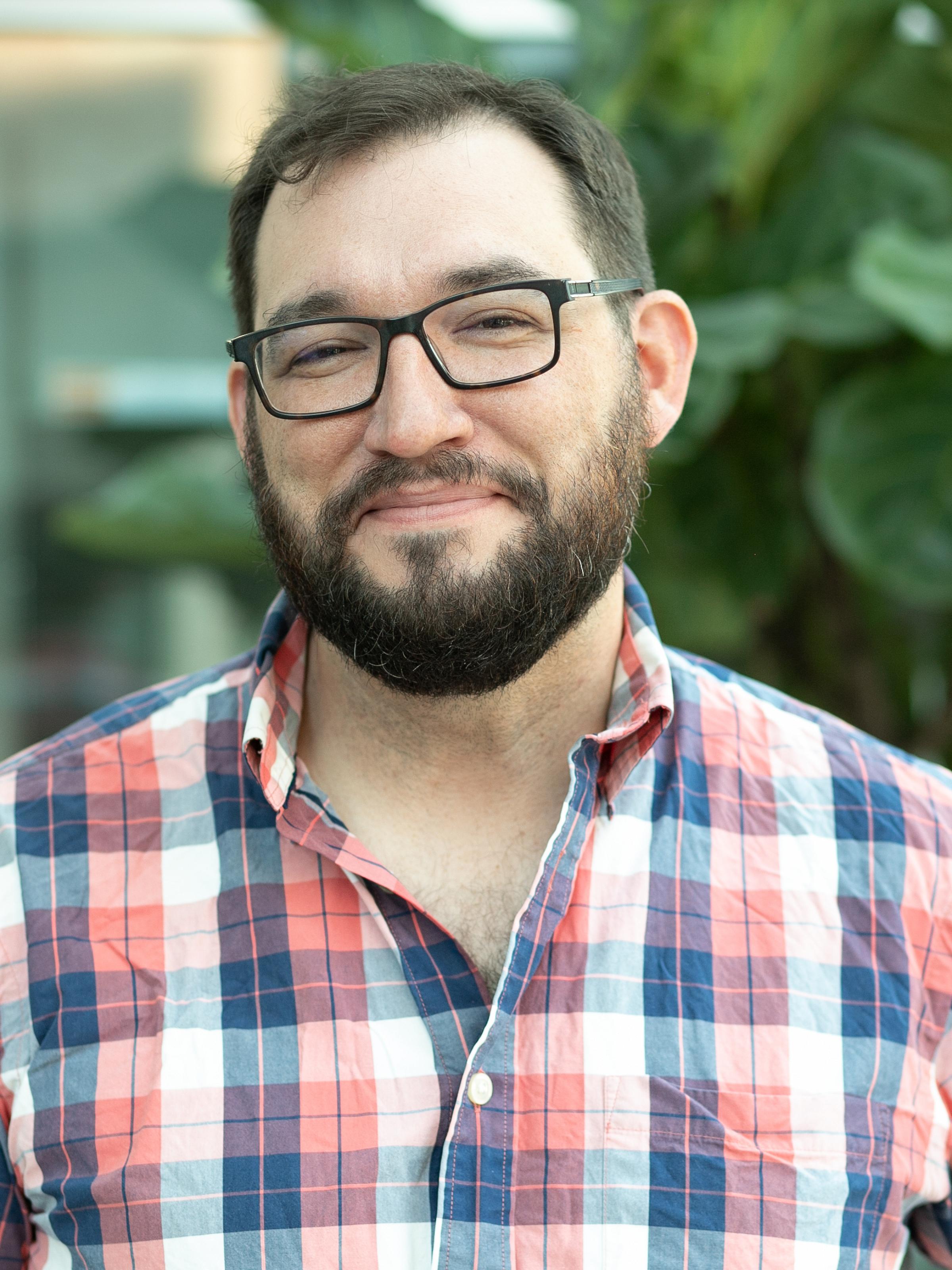
Matthew P. Miller, PhD
Matthew Miller, PhD, recently joined the University of Utah School of Medicine as an Assistant Professor in the Department of Biochemistry. Originally from Denver, Colorado, Matt earned his bachelor's in biology from Carleton College (Northfield, Minnesota), and then worked at NatureWorks LLC (Minnetonka, Minnesota), combining metabolic engineering and genetics to develop biocatalysts for the production of biodegradable plastic. He earned his PhD from the Massachusetts Institute of Technology, where he worked with Angelika Amon studying meiotic cyclin-dependent kinase regulation and the consequences of misregulation. Matt conducted his postdoctoral training with Sue Biggins at the Fred Hutchinson Cancer Research Center where he was a Damon Runyon postdoctoral fellow investigating the mechanisms by which tension stabilizes kinetochore-microtubule attachments. He was subsequently awarded a Damon Runyon Dale F. Frey Award for Breakthrough Scientists. Matt joined the faculty of the University of Utah in May of 2019.
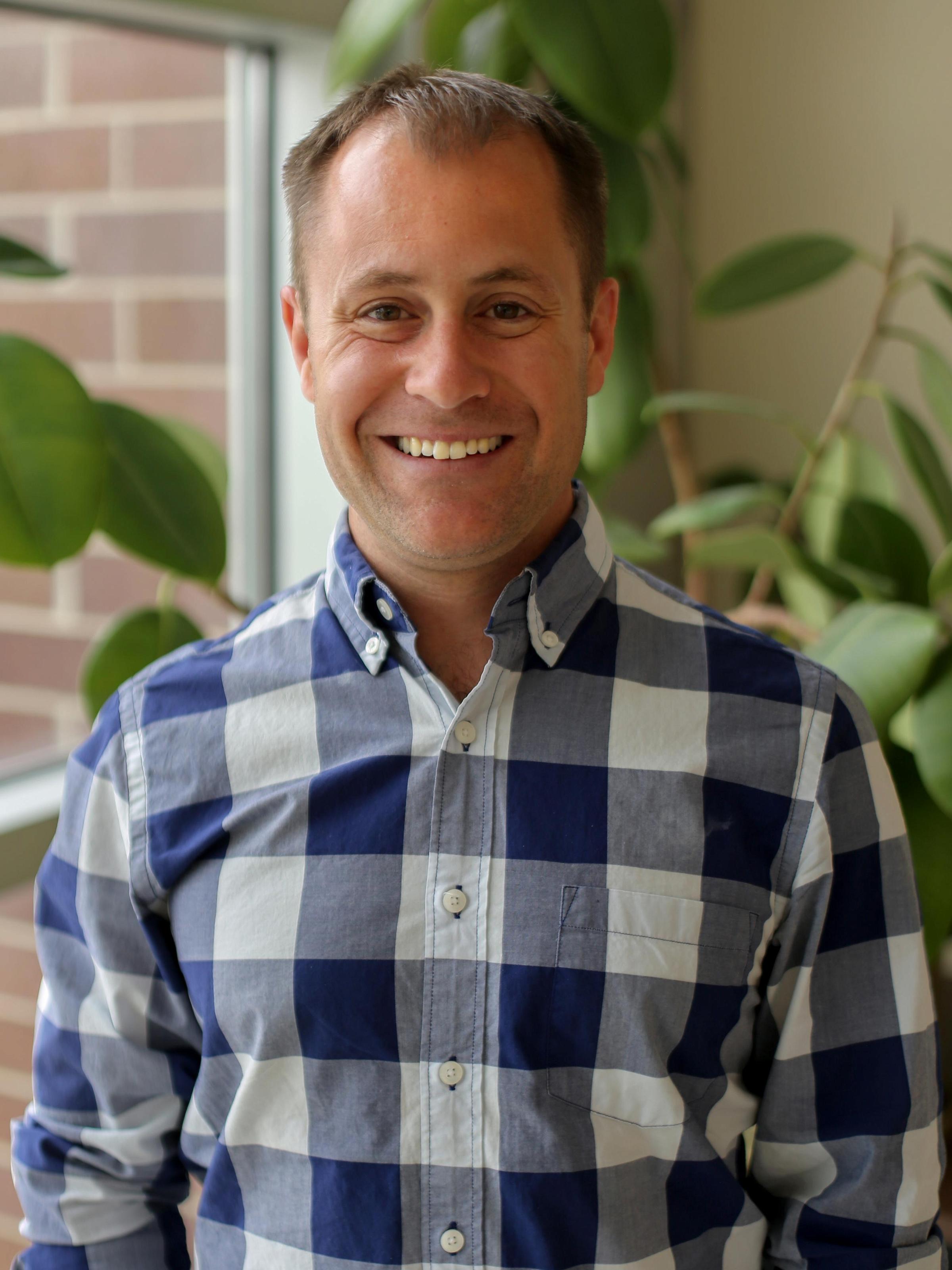
Minna Roh-Johnson, PhD
Minna Roh-Johnson, PhD, has recently joined the University of Utah School of Medicine as an Assistant Professor in the Department of Biochemistry. Originally from British Columbia, Canada, Roh-Johnson graduated with a BSc and MSc from Simon Fraser University in the Department of Molecular Biology and Biochemistry. She then moved to the United States for her PhD work at the University of North Carolina at Chapel Hill, and carried out her postdoctoral studies first at Albert Einstein College of Medicine in New York and then at the Fred Hutchinson Cancer Research Center in Seattle, WA. During her postdoctoral work, Roh-Johnson was a recipient of an NIH F32 postdoctoral fellowship, a Cooperative Center of Excellence in Hematology Award, and an NIH K99/R00 Pathway to Independence Award. She joined the faculty of the University of Utah in January 2018.
Early in her research experiences, Roh-Johnson developed an obsession with how cells move. During her PhD, she investigated the cell biological and biophysical forces governing cell migration in developing organisms. Her work detailing the progressive linking of a contractile network to neighboring cell shape changes during morphogenesis was featured in The Scientist, Faculty of 1000, and Science Magazine. She subsequently looked to understand how developmental paradigms regulating cell motility are recapitulated in disease cells. Focusing her attention on tumor cell metastasis in living animals, she discovered a unique form of cell-to-cell communication between macrophages, a known tumor infiltrate, and tumor cells. Her work describing how macrophages “spill their guts” to tumor cells during metastasis was highlighted in multiple journals, including being selected as an Editor’s Choice in Science Magazine. Roh-Johnson has strived to use unconventional methods to understand how cells talk to each other in the context of a living animal. At the University of Utah, due to Roh-Johnson’s experience in multiple animal models as well as cell culture systems, her lab uses complementary approaches, taking advantage of the strengths of each system to answer outstanding questions in cancer cell biology.
In addition to her research focus, Roh-Johnson is committed to creating diversity in the scientific community. She has previously been involved in programs providing research opportunities to under-represented students, and will continue to promote diversity and inclusivity in her lab and community at the University of Utah.
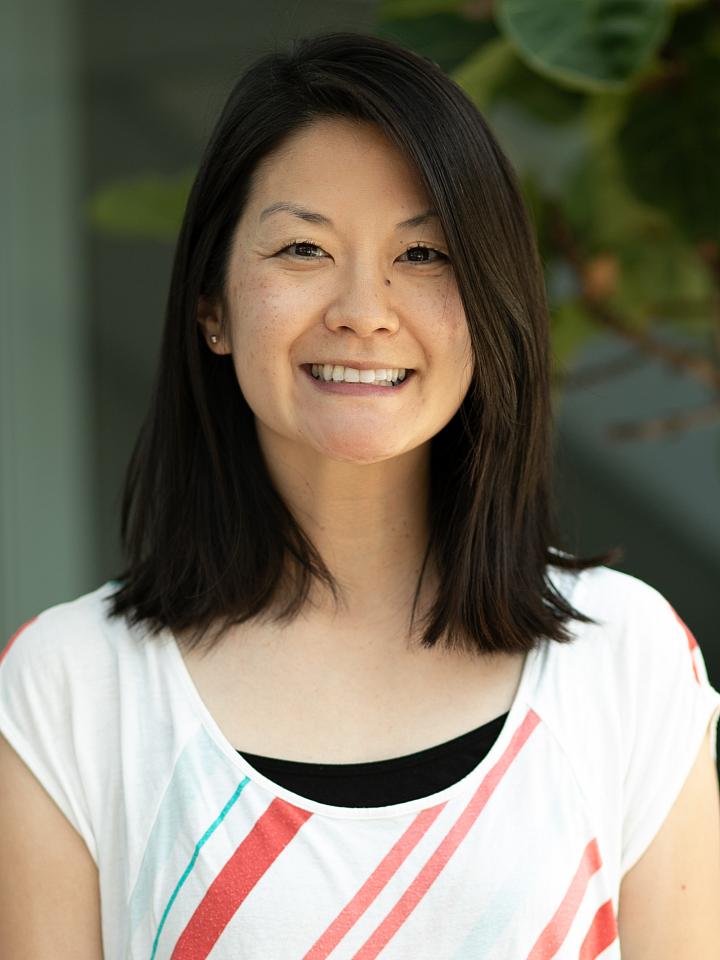
Demián Cazalla, PhD
Animal viruses often maximize their propagation by increasing host cell survival and proliferation. Oncogenic viruses can also induce cancers because these same activities underlie cellular transformation. Studies of viral proteins have therefore provided great insights into the host pathways that control cell proliferation and survival. Much less is known about how viral non-coding RNAs (ncRNAs) manipulate host cell proliferation pathways. Our lab uses genetics, molecular biology, and biochemistry with the aim of filling this important gap in our understanding.
Herpesvirus saimiri (HVS), a g-herpesvirus that establishes latency in T cells of New World primates and has the ability to cause aggressive leukemias and lymphomas in non-natural hosts, expresses seven small nuclear (sn), U-rich ncRNAs called HSURs in latently infected cells. Our lab has recently discovered novel molecular functions for these viral ncRNAs. One of these viral snRNAs, HSUR 2, base-pairs with two host microRNAs (miRNAs), miR-142-3p and miR-16, and with host mRNAs. HSUR 2 targets include mRNAs encoding Retinoblastoma (pRb) and factors involved in p53 signaling and apoptosis. Base-pairing between HSUR 2 and miR-142-3p and miR-16, and between HSUR 2 and host mRNAs results in HSUR 2-mediated mRNA repression, suggesting that HSUR 2 recruits these two cellular miRNAs to target mRNAs. These findings assign a novel role for this viral Sm-class RNA as a miRNA adaptor in post pre-mRNA-processing regulation of gene expression. We have also discovered that HSUR 2 utilizes this mechanism to inhibit apoptosis in infected cells. We are currently investigating other ncRNAs expressed by either HVS or other g-herpesviruses that function through similar mechanisms.
Demián Cazalla did his undergraduate studies at the University of Buenos Aires, Argentina. He obtained his Ph.D. studying splicing factors with Javier Cáceres at the Medical Research Council Human Genetics Unit in Edinburgh, Scotland. He was a postdoc at Yale University with Joan Steitz before joining the faculty of the University of Utah School of Medicine.
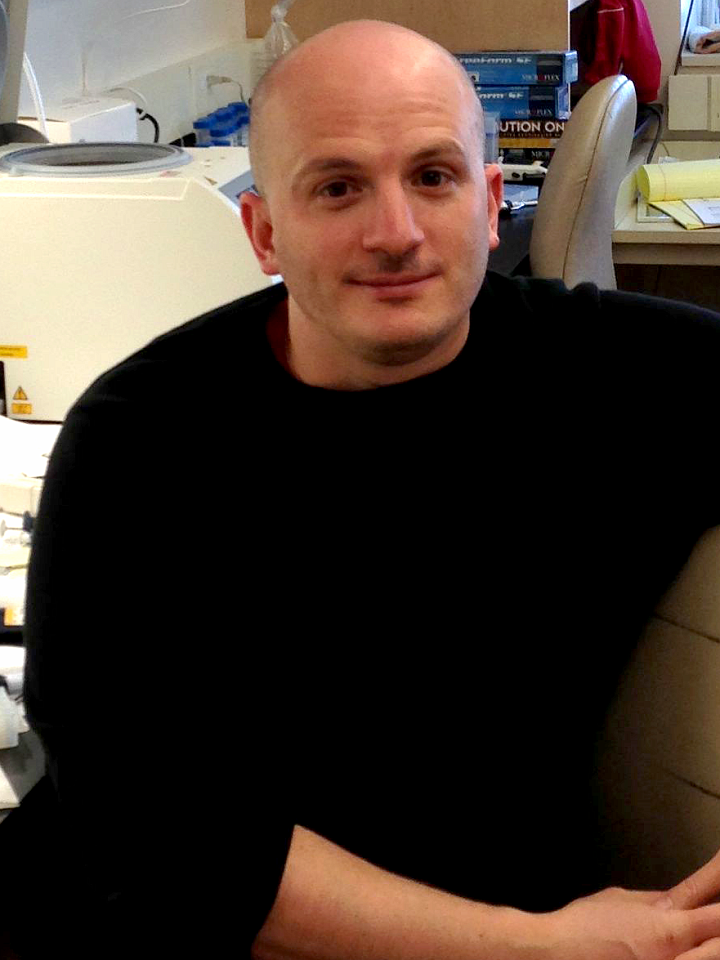
Keren Hilgendorf, PhD
Keren Hilgendorf, PhD, has recently joined the University of Utah School of Medicine as an Assistant Professor in the Department of Biochemistry. Born in Israel and raised primarily in Germany, Dr. Hilgendorf moved to Austin, Texas during high school and graduated with a BS in biology from the University of Texas at Austin. She then moved to Boston to pursue a PhD in biology at the Massachusetts Institute of Technology under the supervision of Dr. Jacqueline Lees. Dr. Hilgendorf next moved to the West Coast and pursued her postdoctoral training at Stanford University School of Medicine with Dr. Peter Jackson. During her time at MIT, Dr. Hilgendorf received an NSF graduate fellowship and during her time at Stanford University, Dr. Hilgendorf received a Damon Runyon Cancer Research Foundation Postdoctoral Fellowship. She joined the faculty at the University of Utah in September 2020.
Dr. Hilgendorf developed an early interest in studying cell processes on a molecular level. During her PhD, she studied how the retinoblastoma protein (pRB) tumor suppressor regulates programmed cell death and how distinct functions of pRB can exploited in human cancers. During her postdoctoral training, she studied signal transduction pathways regulating cell differentiation to enable tissue homeostasis, expansion, and regeneration in the adult. Specifically, Dr. Hilgendorf showed that fat progenitor cells display a highly conserved cellular protrusion called a primary cilium, a highly sensitive sensory organelle that functions akin an antenna. She showed that the primary cilium of fat progenitor cells is a critical regulator of fat cell differentiation to enable the expansion of fat pads by displaying localized receptors that sense specific types of fatty acids, omega-3 fatty acids. This discovery has significant implications for metabolic health. Similarly, Dr. Hilgendorf showed that muscle progenitor cells are ciliated and organize signal transduction pathways to enable muscle regeneration post-injury, a process progressively lost during aging. Her research has been published in Cell, Current Opinion in Cell Biology, and Genes and Development and Dr. Hilgendorf has been invited to present her findings at domestic and international conferences. At Utah, the Hilgendorf Lab will continue to explore molecular mechanisms regulating differentiation, and how dysfunctions in signal transduction pathways contribute to pathogenesis.
Dr. Hilgendorf is excited to mentor the next generation of students and researchers and to share her passion for discovery with them. Outside the lab, Dr. Hilgendorf loves to explore and spend time with her family.

Gregory S. Ducker, PhD
Gregory Ducker, PhD, has recently joined the University of Utah School of Medicine as an Assistant Professor in the Department of Biochemistry. Originally from Saint Paul, Minnesota, Ducker graduated with a BA in chemistry from Carleton College in Northfield, Minnesota. He then moved to California to pursue a PhD in chemical biology at the University of California, Berkeley under the supervision of Kevan Shokat. Subsequently, he carried out postdoctoral work at Princeton University studying cancer metabolism with Joshua Rabinowitz. During his time at Princeton, Ducker was named a New Jersey Commission on Cancer Research fellow, received an American Cancer Society postdoctoral research fellowship, and an NIH/ National Cancer Institute K99/R00 pathway to independence award. He joined the faculty of the University of Utah in September 2018.
Ducker developed an early interest in how biochemical networks function in healthy and diseased cells. He was motivated by the ability of cancer cells to take the individual parts of healthy cells and reconfigure them to produce a diseased and unregulated tumor. In his PhD, he investigated how phosphosignaling networks that converge on the metabolic kinase mTOR control cell growth in cancer and how new first-in-class small molecule inhibitors of this kinase could be used therapeutically. Subsequently as a postdoc, his research detailed how cancer cells engage metabolic networks to supply the essential building blocks required for tumor growth. He developed mass spectrometry-based isotope tracing assays to uncover the precise mechanisms by which cancer cells acquire one-carbon units necessary to proliferate, highlighting potential new metabolic drug targets in the mitochondria. He then led the development of a new generation of inhibitors that specifically target serine metabolism in the mitochondria, producing compounds that have the potential to modify both tumor and immune metabolism. His research has been published in Nature, Cell Metabolism and PNAS and Ducker has been invited to present at domestic and international conferences. At Utah, Ducker’s research group will continue to interrogate tumor biochemistry using mass spectrometry with the goal of identifying new targetable metabolic vulnerabilities in cancer.
During his career, Ducker has had the opportunity to mentor many graduate and undergraduate students and he is excited to continue to share his enthusiasm and curiosity about biochemistry with students, helping them to grow and flourish as scientists. Outside of the lab, Ducker is passionate about the outdoors and is cannot wait to experience the four seasons of world-class outdoor opportunities in the Wasatch range.
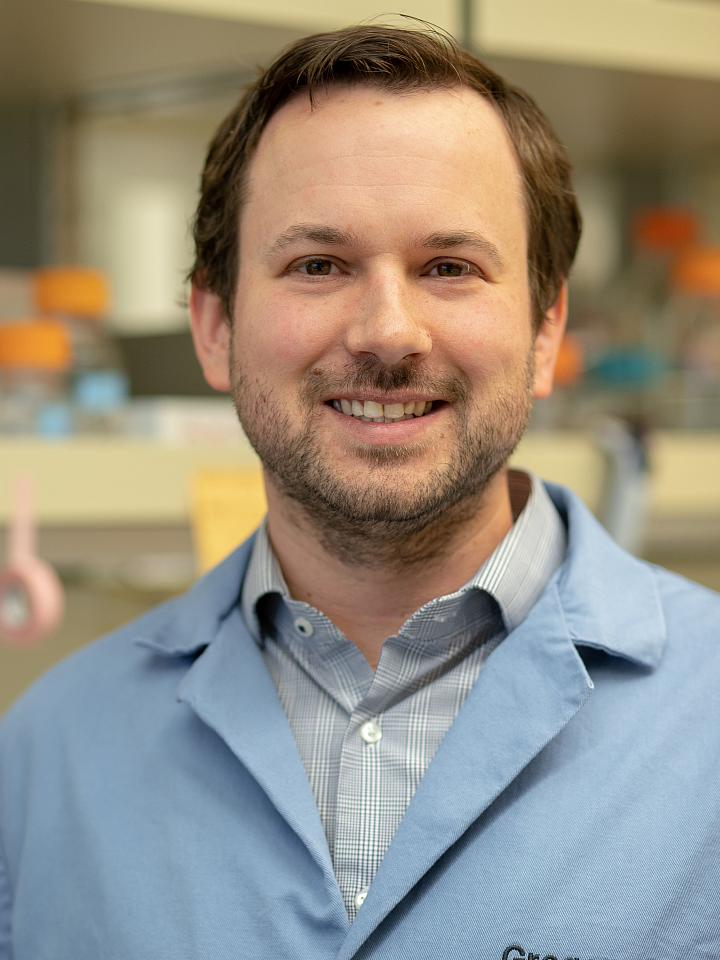
Brenda L. Bass, PhD
Most people are familiar with double-stranded DNA, the helical molecule that stores our genetic information. Brenda Bass has spent her entire career studying a related (but more interesting!) helix, double-stranded RNA (dsRNA). When Brenda first began her studies of dsRNA, most people believed that only viruses made dsRNA. It is now clear that animal cells, including human cells, encode and synthesize dsRNA. In fact, Brenda and her laboratory have recently determined the long dsRNAs that are expressed in our genomes---there are thousands. Her laboratory performs experiments aimed at understanding the functions of cellular dsRNA, and importantly, how our cells distinguish these molecules from viral dsRNA. When cells detect viral dsRNA they trigger an immune response to fight the infection, and it is important that cells don't trigger an immune response to their own dsRNA. Her laboratory uses biochemistry, molecular biology, genetics, and bioinformatics, to make progress on these questions.
Brenda is well known for her contributions in defining dsRNA-mediated pathways, including the discovery of ADAR RNA editing enzymes, and models and experiments that established Dicer's role in RNA silencing. Her contributions in these areas have been acknowledged by her election to the National Academy of Sciences, the American Academy of Arts and Sciences, and as a Fellow of the American Association for the Advancement of Science. During her career she has received research support from the Pew Scholars Program, the David and Lucile Packard Foundation, the Howard Hughes Medical Institute, and in 2011 she received the National Institutes of Health Director’s Pioneer Award. Brenda obtained her B.A. in chemistry from Colorado College, and her Ph.D. in chemistry studying "ribozymes" with Tom Cech at the University of Colorado, Boulder. She was a postdoctoral fellow at the Fred Hutchinson Cancer Research Center with the late Hal Weintraub, prior to joining the faculty of the University of Utah School of Medicine.
